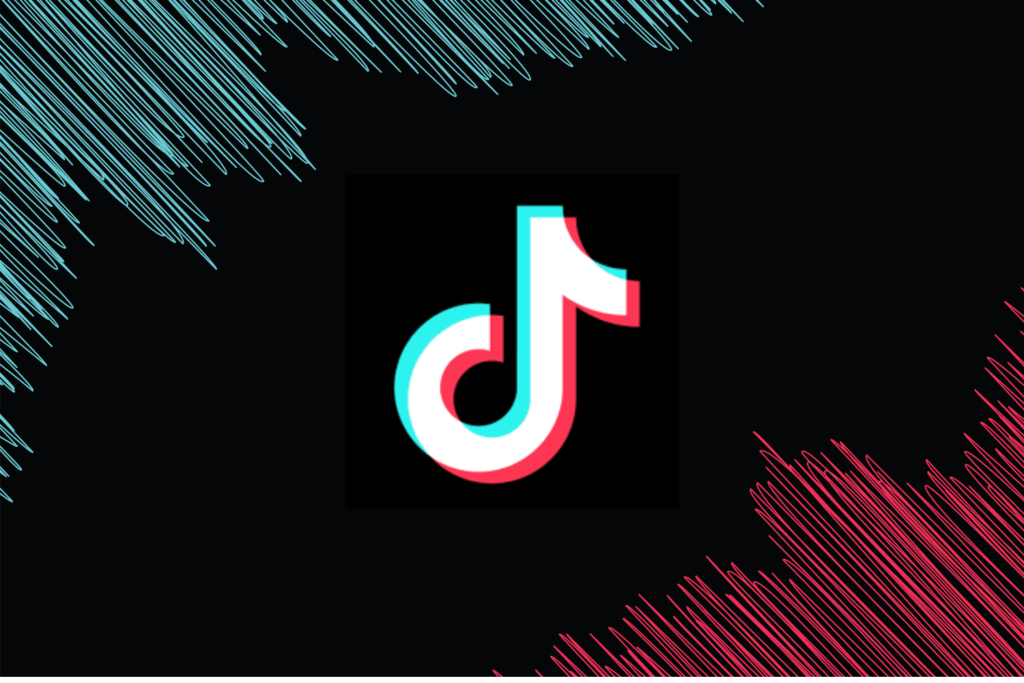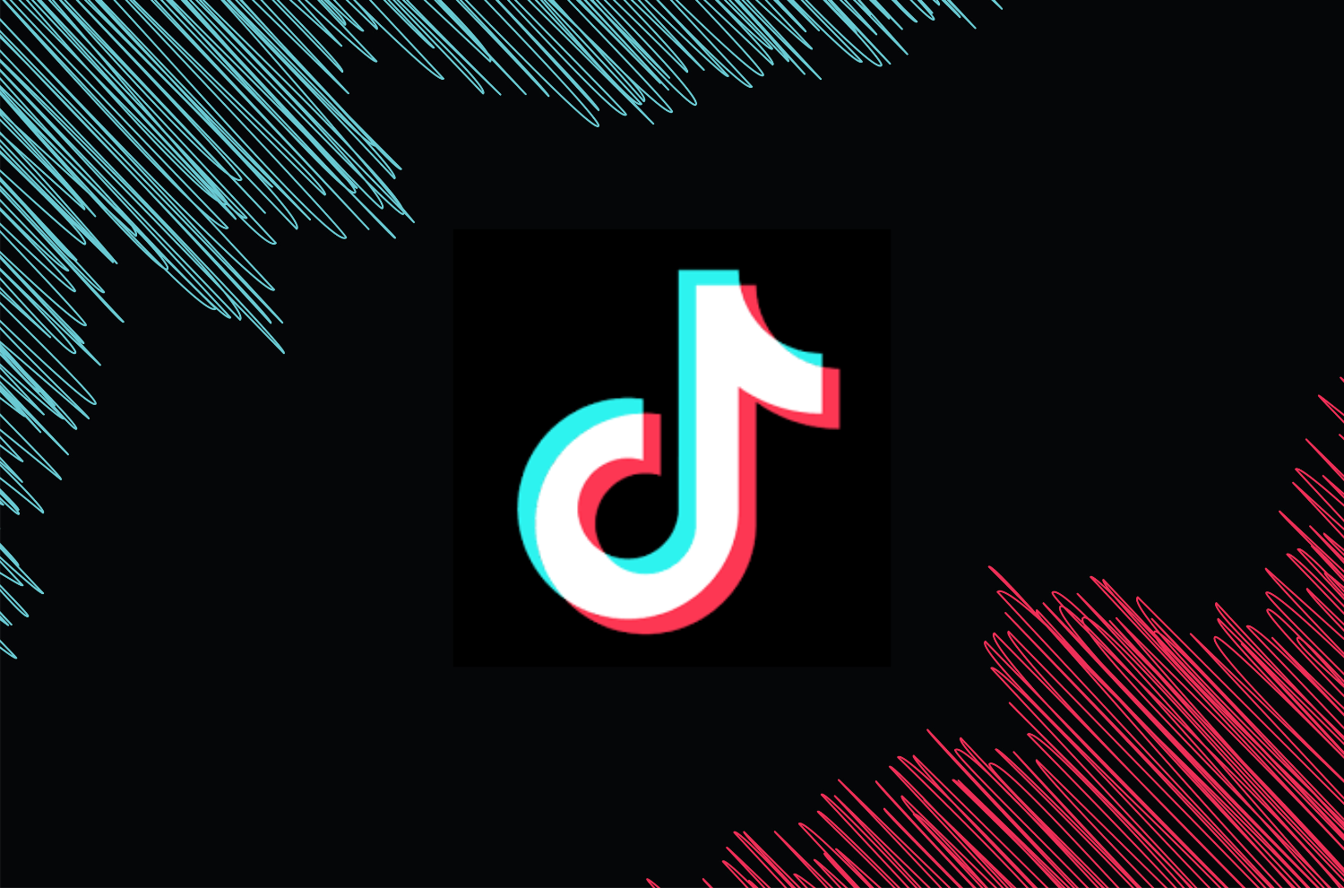
Introduction
Since it was launched in 2018, TikTok (the little video-sharing app that could) has been the subject of widespread attention among social media stalwarts. TikTok, which soared in popularity with the Gen Z demo, is one of the fastest-growing social media platforms and is owned by Chinese company ByteDance. Not only has its original content inspired and entertained millions, but it has also shaped the world of organic branding and influencing.
History and Growth
- Birthplace: TikTok grew out of Musical.ly, a short-form video application established in 2014 and purchased by ByteDance in 2017.
- Global Launch: Merged into Douyin and rebranded as TikTok for the international market in 2018.
- Rapid Expansion: The platform experienced rapid growth in popularity and user volume, surpassing 1 billion monthly active users.
Key Features
- Short Video: Create videos ranging from 15 seconds to 3 minutes long.
- Music and Sound Library: Access a large selection of musical sounds, sound effects, and user-submitted audio clips.
- Filters and Effects: Apply a variety of visual effects, AR filters, and tools.
- Duets and Reactions: Respond to other users’ content by creating side-by-side videos.
- FYP (For You Page): A personalized feed of videos tailored by TikTok’s algorithm.
- Hashtag Challenges: Participate in trending challenges and create your own content.
Pop Culture and Marketing Impact
- Viral Trends: TikTok dances, challenges, and memes have taken over social media feeds.
- Music Industry: The platform has significantly impacted the music industry, helping small artists gain attention and pushing lesser-known artists to a larger audience.
- Influencer Marketing: TikTok has created a new type of influencer and transformed brand-consumer engagement.
- Brand Engagement: Businesses use TikTok to market products and attract Generation Z users.
Algorithm and Content Recommendation
TikTok’s algorithm excels at content discovery by analyzing user behavior, video information, and device settings. It quickly learns user preferences, making feeds highly personalized. This feature enables new creators to go viral, even without a large follower count.
Controversies and Challenges
- Data Privacy Concerns: Issues related to data collection methods and associations with the Chinese government.
- Content Moderation: Balancing free expression with content safety, especially concerning underage users.
- Addiction Concerns: Potential for overuse and addiction due to the app’s design.
- Geopolitical Issues: Bans or near-bans in countries such as India and the United States.
TikTok for Business
- TikTok Ads: Various advertising formats available, including In-Feed Ads, Brand Takeovers, and Hashtag Challenges.
- Creator Marketplace: A platform for brands to work with TikTok creators.
- E-commerce Integration: TikTok Shopping allows direct product linking and sales within the app.
Future Outlook
- Continuing Business Growth: Expected to show strong user growth and increased engagement.
- Feature Expansion: Likely to introduce new features to stay competitive with other social platforms.
- AR and VR Integration: Potential for greater use of augmented reality and virtual reality technologies.
- Educational Content: A rise in learning and informational content on the platform.
Conclusion
Short-form video content and TikTok’s powerful algorithm make it a game-changer in social media interaction. Despite challenges, including data privacy issues and content moderation, TikTok is shaping pop culture and influencing marketing strategies. As it evolves, TikTok is likely to become an even more significant player in the social media landscape.

